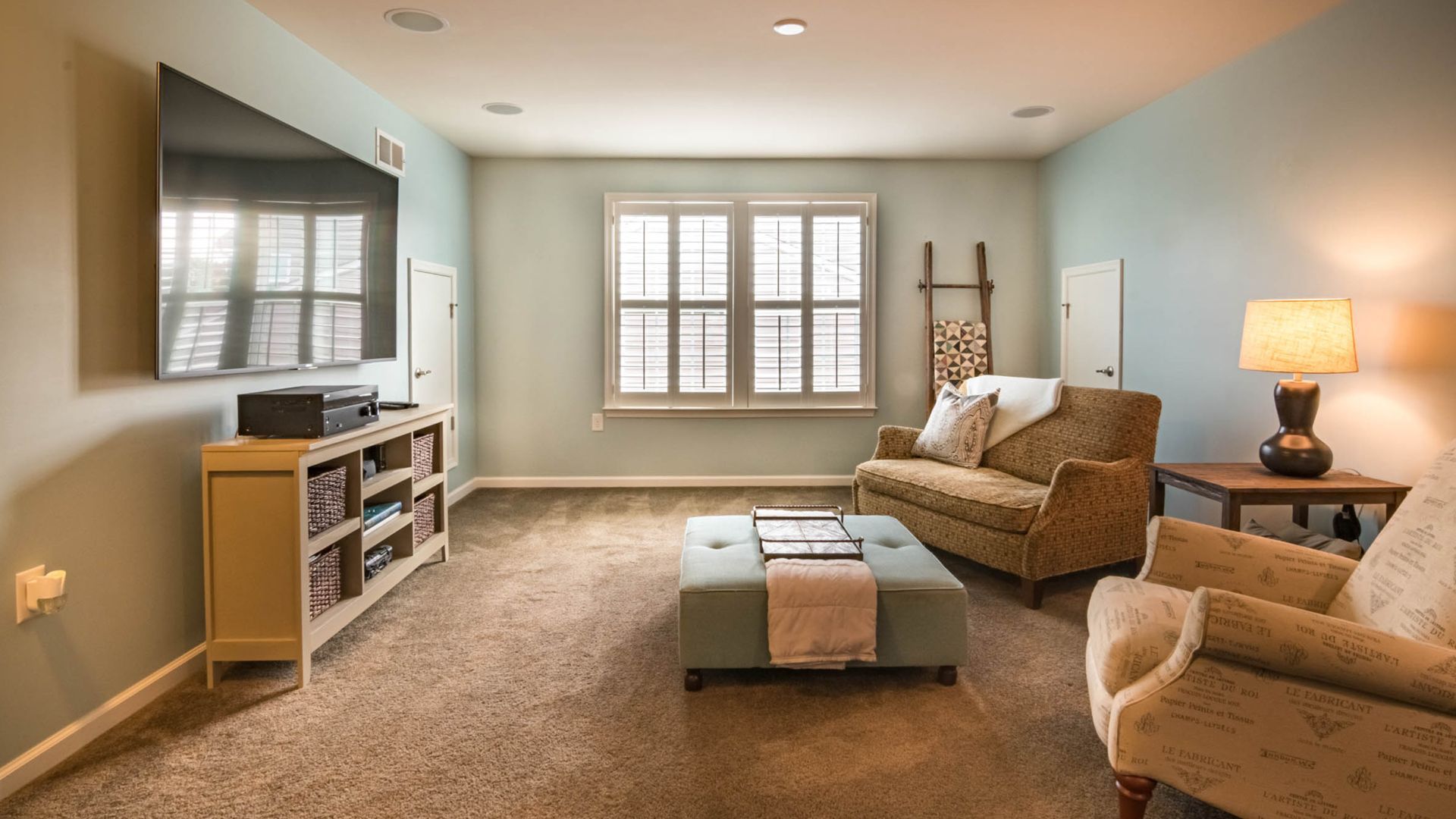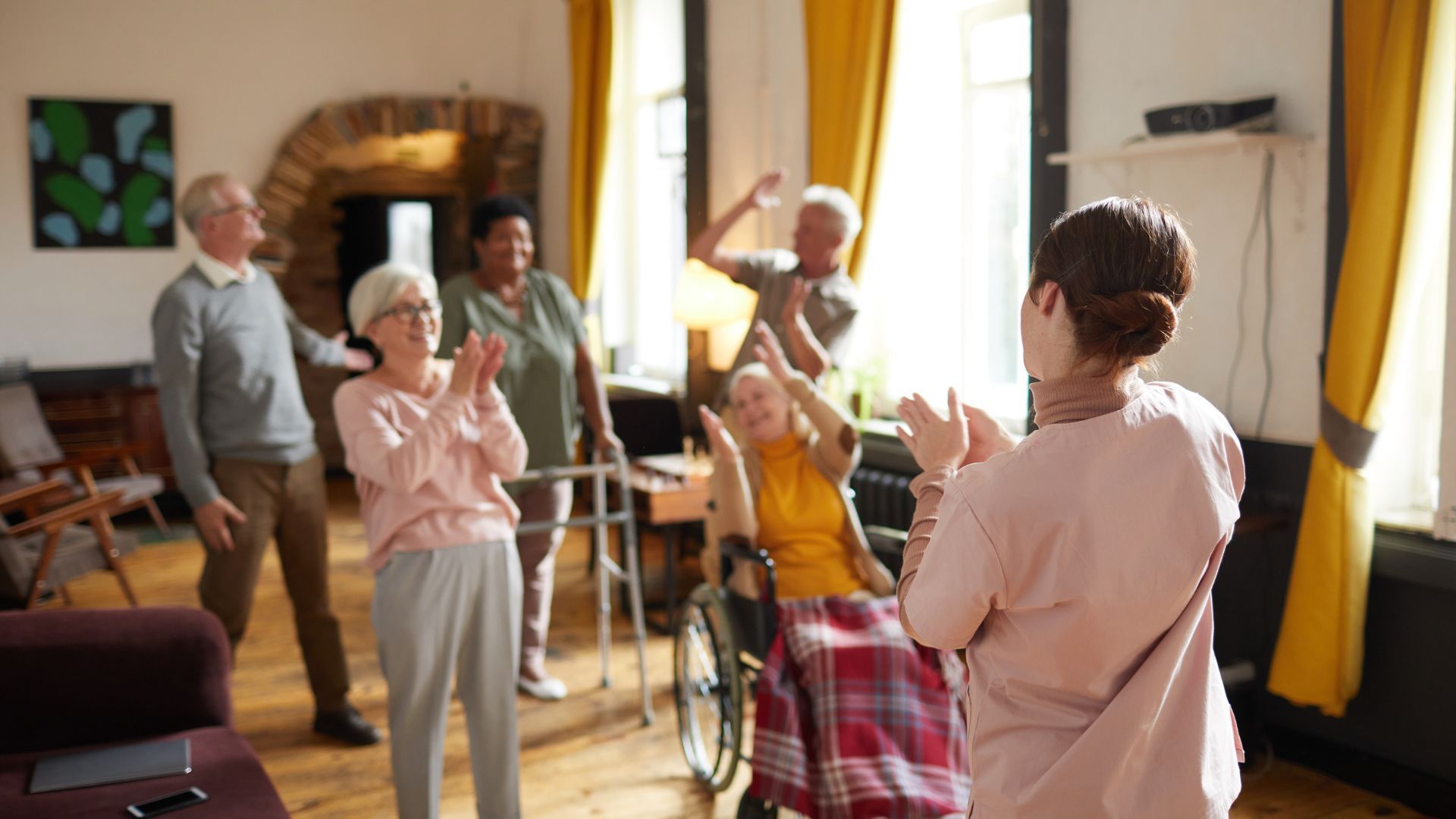What Activities Are Offered in Memory Care Communities?
Memory care units provide tailored programs to support residents living with dementia through cognitive stimulation, physical therapy, art therapy, socialization, and life skills. These activities reduce stress, foster independence, and improve mood and memory recall, ensuring quality of life for patients and respite for caregivers.
Key Takeaways
• Cognitive stimulation games can increase recall by over 30% in dementia patients.
• Daily physical exercises improve balance and reduce fall risk by 20%.
• Creative arts therapies lower agitation and boost emotional expression.
• Sensory activities and aromatherapy help reduce anxiety and improve sleep.
• Personalized life skills stations promote independence and reinforce routine.
1. Cognitive Stimulation Activities – Maintain Brain Health

Cognitive stimulation activities in memory care units enhance cognition by engaging residents in structured problems, memory games, and reminiscence therapy to support mind health and reduce confusion. Incorporating research-supported tasks helps slow dementia progression and promotes neural activation.
Residents participate in personalized memory games, such as matching picture cards or solving word puzzles, which research from the Journal of Alzheimer’s Disease (2022) shows can improve short‑term recall by up to 35%. These activities integrate conversation around life insurance policies, veteran stories, and family photographs to strengthen neural pathways.
Group-based cognitive tasks—like trivia sessions or naming familiar songs—also foster socialization, reducing loneliness and frustration in assisted living contexts. Certified dementia activity specialists adapt complexity based on individual ability, ensuring success and dignity during each exercise.
Next, residents explore movement through simple exercises and balance routines to support mobility and joint flexibility.
2. Physical Exercise Programs – Support Mobility and Wellbeing

Physical exercise programs in memory care communities improve mobility and physical function by offering tailored aerobic exercise, stretching, and resistance workouts that reduce fall risk and enhance flexibility. Consistent activity supports heart health and mood regulation through endorphin release.
Gentle chair yoga, walking groups in a secure courtyard, and guided balance drills promote strength, range of motion, and independence. A 2021 study in the Journal of Geriatric Physical Therapy found that 15 minutes of daily seated exercises increased fine motor skills and gait speed by 20% over eight weeks.
Group exercise classes also reduce stress and aggression by redirecting restless energy, with music therapy often integrated to improve engagement and rhythm. Licensed physical therapists collaborate with nursing staff to adjust programs for residents with arthritis or limited mobility.
On the heels of physical wellbeing, memory care services next focus on fostering connection through social engagement opportunities.
3. Social Engagement Opportunities – Foster Connection

Social engagement opportunities in memory care facilities strengthen relationships by encouraging group conversation, shared meals, and interactive games, which boost mood and reduce isolation. Structured socialization helps maintain communication skills and respect individuality.
Scheduled small‑group activities—such as themed discussion circles, storytelling sessions, or gardening clubs—encourage residents to share life experiences and reminiscence, improving recall and reducing feelings of loneliness. These sessions often incorporate Medicaid-supported programs for families to join.
Board games and card tournaments promote problem-solving and attention, while holiday celebrations and courtyard gatherings create a sense of community and routine. Caregivers and nursing staff facilitate introductions and support participation to ensure inclusion and emotional safety.
Creative and expressive arts then offer another channel for self‑expression and emotional regulation.
4. Creative and Expressive Arts – Encourage Self‑Expression

Creative and expressive arts activities in memory care units improve mood and recall by engaging residents through art therapy, music therapy, and craft workshops that promote problem-solving and dexterity. Artistic expression fosters self‑esteem and emotional regulation.
Art therapy sessions—using watercolor painting, clay sculpting, or knitting—help residents communicate memories and feelings without relying on verbal skills. According to the American Journal of Alzheimer’s Disease & Other Dementias (2020), art interventions reduced agitation by 25% and improved recall of personal history.
Music therapy utilizes familiar songs to trigger memory recall and produce mood‑lifting endorphins; drumming circles encourage motor skill coordination. Scrapbooking and collage workshops integrate personal photographs, enhancing conversation and reminiscing.
Following creative outlets, sensory activities engage sight, sound, smell, and touch to reduce stress and enhance perception.
5. Sensory Activities – Engage the Senses Meaningfully

Sensory activities in memory care communities support perception and calm anxiety by using aromatherapy, tactile crafts, and multisensory rooms that provide meaningful sensory stimulation. These exercises reduce aggression and improve sleep quality.
Aromatherapy diffusers with lavender or rosemary oils lower stress levels and promote relaxation; textured objects—like sensory mats and soft fabrics—enhance tactile engagement. The Alzheimer’s Association notes that meaningful sensory input can reduce resistance to care and increase comfort.
Interactive light panels and soundscapes immerse residents in familiar environments, such as beach waves or birdsong, fostering nostalgia. Customized memory boxes filled with personal items evoke reminiscence therapy and support conversation with caregivers.
To further promote independence, life skills stations provide hands‑on practice in daily tasks.
6. Life Skills Stations – Promote Independence and Familiarity

Life skills stations in memory care programs enhance independence by offering supervised practice in cooking, gardening, and laundry tasks that reinforce routine and motor skills. Familiar activities support self‑confidence and daily function.
Residents rotate through mini–kitchen setups where they practice simple meal prep—such as making sandwiches or stirring soups—under supervision from a nutrition specialist. This involvement in meal preparation increases appetite and offers social interaction around food and cooking.
Simulated laundry areas allow residents to sort, fold, and label clothing, boosting fine motor skill and providing a sense of accomplishment. Small indoor gardening plots encourage watering and planting, promoting physical activity and connection to nature.
Finally, activity coordinators tailor all programs to individual needs, ensuring each resident benefits fully.
7. Tailoring Activities to Resident Needs – Ensure Personalized Care

Tailoring activities in memory care ensures that each resident receives personalized attention by adjusting complexity, frequency, and support level based on individual abilities and interests. Customized programming maximizes engagement and reduces frustration.
Activity assessments—conducted by geriatric specialists—identify personal history, cognitive level, and physical capacity to craft a customized weekly schedule. This approach aligns with best practices outlined in recent gerontology research (Journal of Gerontological Nursing, 2023).
Flexible sessions allow residents to choose between quiet art, group exercise, or sensory therapy based on daily preferences. Family feedback is incorporated to honor cultural background and favorite pastimes, strengthening caregiver‑resident collaboration.
What is the role of reminiscence therapy in memory care?
Reminiscence therapy uses personal memories and familiar prompts to improve mood and recall by activating long‑term memory networks.
How often should exercise programs occur in a memory care unit?
Daily 15‑minute sessions of light aerobic or balance exercises are recommended to maintain mobility and reduce fall risk.
Can art and music therapy reduce agitation in dementia?
Yes, studies show creative arts therapies can lower agitation by up to 25% and enhance emotional regulation.
How do memory care communities personalize activities?
Personalization is based on cognitive assessments, health status, and personal history, ensuring each resident’s interests guide programming.
Are sensory rooms effective for managing stress?
Sensory rooms with sound, light, and tactile elements calm anxiety and improve sleep quality by providing controlled sensory input.
Offering diverse, evidence‑based activities in memory care improves residents’ cognitive function, mobility, and emotional well‑being. Personalized schedules that integrate cognitive games, exercise, social engagement, and creative arts reduce stress and reinforce independence. Sensory and life skills programs further support daily function and quality of life. Memory care communities that tailor these services foster dignity, respite for caregivers, and lasting connections.


